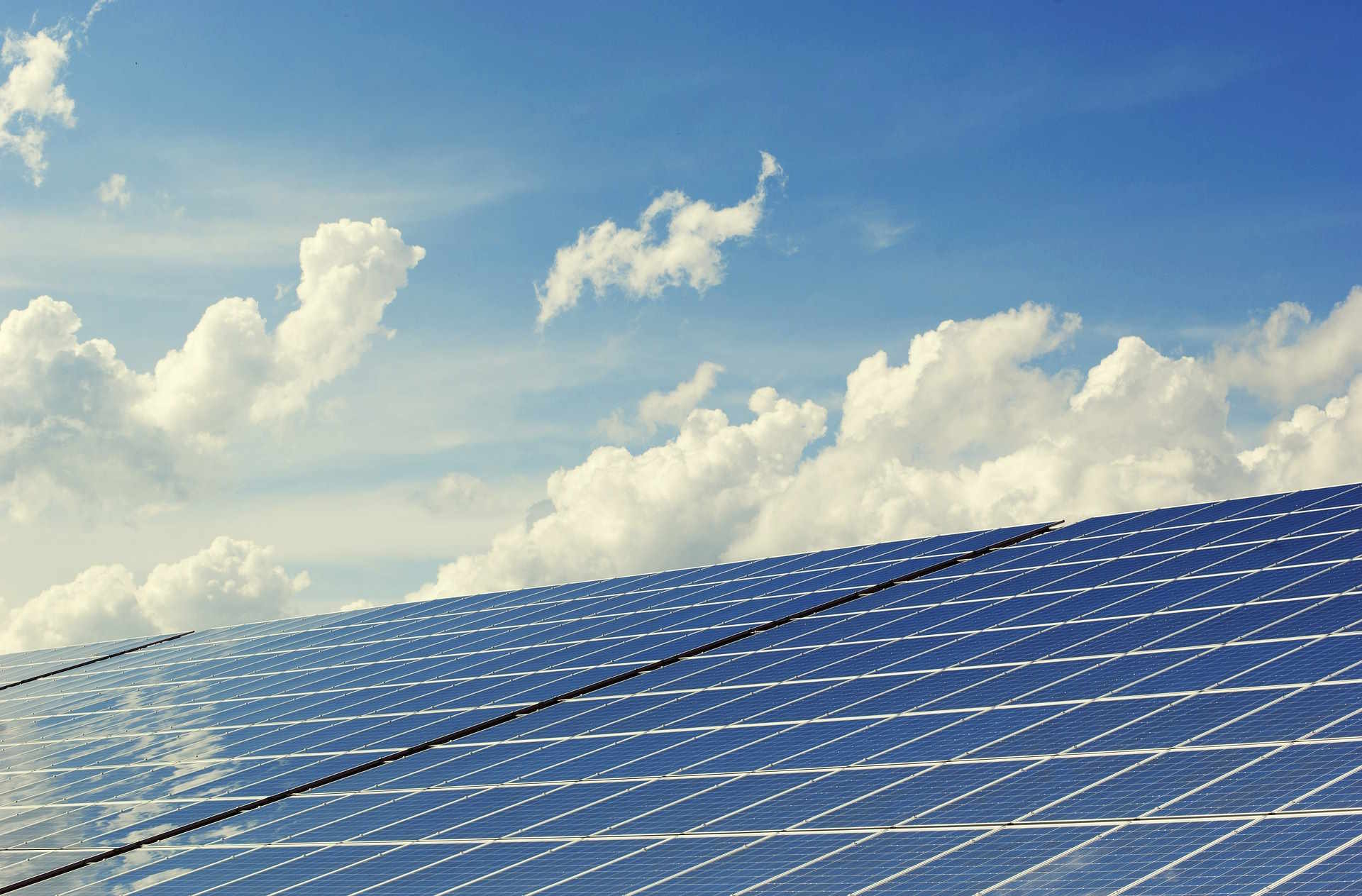Solar Panels That Pay for Themselves – Discover the Benefits of Solar Energy
Solar panels are revolutionizing the way we power our homes, offering a clean, renewable energy source that reduces utility costs while benefiting the environment. As homeowners increasingly turn to solar energy, the idea of panels that pay for themselves becomes not only plausible but also a smart financial and environmental investment.

How Solar Panels Generate Savings
Solar panels harness sunlight to produce electricity, reducing the need to rely on traditional energy providers. This self-sufficiency significantly lowers electricity bills, making solar panels a cost-effective choice over time. Beyond financial benefits, they provide a sustainable energy solution, reducing your carbon footprint and contributing to a cleaner planet.
Installing solar panels increases property value and attracts eco-conscious buyers. Homes equipped with solar systems are more appealing in the real estate market, often commanding higher resale prices. For homeowners, this dual benefit of immediate energy savings and long-term property value appreciation is a strong incentive to go solar.
Durability: A Long-Term Investment
Modern solar panels are designed to last decades, offering reliable energy for years to come. Typically, high-quality panels come with warranties of 25 years or more, ensuring consistent performance with minimal maintenance. Their robust construction enables them to withstand harsh weather conditions, making them a dependable energy source.
Regular cleaning and periodic inspections are sufficient to maintain optimal efficiency. Thanks to their durability, solar panels offer long-term financial returns, outlasting their initial costs. This longevity is one of the reasons they are considered an investment that eventually pays for itself.
Government Incentives and Affordability
Government incentives and tax credits can help offset the initial costs of installing solar panels, making them more affordable for homeowners. Many countries offer programs that provide grants, rebates, or tax deductions to encourage the adoption of solar energy. For example:
- In the United States, the federal Solar Investment Tax Credit (ITC) allows homeowners to deduct 30% of installation costs from their taxes.
- In Germany, the Renewable Energy Act provides incentives for solar energy production.
- Australia’s Small-Scale Renewable Energy Scheme offers financial incentives for small solar systems.
These initiatives play a crucial role in reducing upfront costs, enabling more households to transition to solar power.
Solar Energy Around the World
The adoption of solar panels is growing rapidly worldwide. Countries like China, the USA, and Germany are leading in solar energy production. In sunny regions such as Australia, over 20% of households have embraced solar technology, reducing their reliance on conventional power grids.
In emerging markets, solar energy provides an opportunity to address energy shortages sustainably. From rural Africa to urban India, solar solutions are helping communities meet energy demands while minimizing environmental impact. The global shift toward renewable energy highlights the potential of solar power to transform energy systems across the planet.
Comparison of Leading Solar Panel Providers
| Product | Provider | Estimated Cost* |
|---|---|---|
| SunPower Maxeon 3 | SunPower | $20,000 - $30,000 |
| Tesla Solar Roof | Tesla | $25,000 - $50,000 |
| LG Neon R | LG Solar | $18,000 - $28,000 |
| Panasonic HIT Panels | Panasonic | $15,000 - $25,000 |
(*Costs are estimates and can vary based on system size, location, and installation specifics. Research is recommended for exact pricing.)
Maximizing Solar Panel Savings
While the initial costs of solar panels may seem high, there are strategies to maximize savings:
- Time Your Usage: Use high-energy devices during peak sunlight hours to reduce grid reliance.
- Consider Battery Storage: Storing excess solar energy for later use can lower dependency on the grid at night or during cloudy days.
- Monitor Performance: Use monitoring systems to track efficiency and identify areas for improvement.
- Combine with Energy-Efficient Appliances: Pairing solar power with energy-saving devices amplifies the cost benefits.
- Leverage Net Metering: Sell unused energy back to the grid to offset costs further.
These steps can enhance the financial and practical benefits of going solar, making it an even more appealing option for homeowners.
Wrapping Up
Solar panels are more than a renewable energy source; they are an investment in financial savings and environmental sustainability. With government incentives, long-term durability, and the potential to increase property value, they offer a comprehensive package of benefits. As the cost of solar technology continues to decrease, the opportunity to make a difference for your wallet and the planet has never been more accessible.




